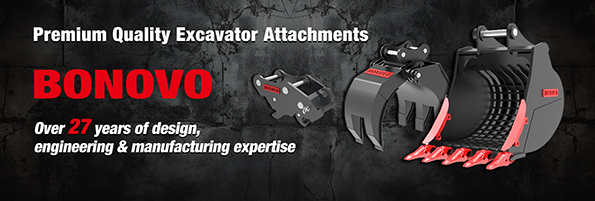Diesel engine cylinder head, cylinder liner, piston, piston ring, valve, injector and other parts as well as the combustion chamber, after a period of use, the surface will stick to a layer of carbon accumulation. Carbon accumulation is a complex mixture formed by incomplete combustion of diesel oil and oil into the cylinder. It has a dense, loose, soft form, and its color is from black to gray. The temperature of the forming part is about 200°C. Due to the poor thermal conductivity of the carbon deposit, a large amount of carbon on the surface of the parts will lead to local overheating of the parts, so that its stiffness and strength will decrease, and in serious cases, it will cause serious accidents such as sintering of the injector couple, valve ablation, piston ring sticking and cylinder pulling. At the same time, the high temperature particulate carbon deposits in the combustion chamber will also cause surface ignition, resulting in a decrease in power (according to relevant experimental data, the power will be reduced by 2%-15%), and the volume of the combustion chamber will be reduced, the actual compression ratio will be increased, and the formation of early combustion and deflagration and other adverse phenomena. In addition, the accumulation of carbon will pollute the lubrication system, block the oil circuit and filter, and shorten the service life of the diesel engine, so it must be removed during repair.
Mechanical process
Is the use of wire brush, scraper, bamboo or emery cloth to remove the method of carbon accumulation. Special brushes and scrapers can be made according to the shape of the parts cleaning parts: for example, carbon deposits around the injector holes can be brushed with fine copper wire; The carbon deposits in the pressure chamber can be scraped by inserting a special pin made of copper wire. The carbon deposits in the valve guide and valve seat can be removed with a cylindrical metal brush.
The mechanical method of removing carbon deposits has low efficiency and poor removal quality, some parts are difficult to scrape clean, and many small scratches will be left, which will become the growth point of new carbon deposits and increase the roughness of parts. Therefore, this method is generally not suitable for parts with high precision.
Nuclear jet method
It is a method of spraying the peach shell particles of crushed walnut, peach and apricot onto the surface of parts by high-speed air flow to remove carbon deposits.
This method has high efficiency and is completely clean, but it requires special equipment to form high-speed air flow, and the cost is relatively high, so it is not suitable for widespread use.
Chemical method
The method of using a chemical solvent - carbonizing agent to soften the carbon on the surface of the part, so that it loses the ability to combine with the metal, and then the softened carbon is removed.
This method has the advantages of high efficiency, good effect and no damage to the surface of parts. The decarburizing agent is generally composed of four components: carbon solvent, diluent, retarded release agent and active agent. There are many kinds of decarbonizers, which can be divided into steel decarbonizers and aluminum decarbonizers according to the different materials of metal parts, and some decarbonizers contain components that play a chemical corrosion effect on aluminum products (such as caustic soda), so it is only suitable for steel decarbonizers.
1/ Inorganic carbon decarbonizer: composed of inorganic drugs and water, it needs to be heated and used, mainly for steel decarbonizer.
When using inorganic decarburizing agent, the solution should be heated to 80-90°C, so that the parts are soaked in the solution for 2h, and then removed after the carbon is softened; Then, brush with a brush to remove the softened carbon deposits, and then wash with hot water containing 0.1-0.3% potassium dichromate; Finally, dry with a soft cloth to prevent rust.
2/ Organic decarbonizer: a decarbonizing solvent prepared from organic solvents, which has strong decarbonizing ability, no corrosion effect on metals, and can be used at room temperature, mainly for the decarbonization of precision parts.
In short, carbon accumulation has a great impact on the performance of diesel engines, so in the repair process, specific implementation methods can be selected according to the formation of carbon accumulation parts and their own conditions, in order to effectively remove carbon accumulation.
Choose DIG-DOG for high-quality, customizable brush cutters for skid steers with fast delivery. Contact us today to discover how our superior products can enhance your land management tasks!
for more info just visit our website at www.dig-dog.com
contact # : +86 158 6218 2088
email : sales@bonovogroup.com
Method for removing carbon deposits from forklift engines
- DIG-DOG
- Counselor
- Posts: 655
- Joined: Oct 20th, '24, 22:38
- Location: China

